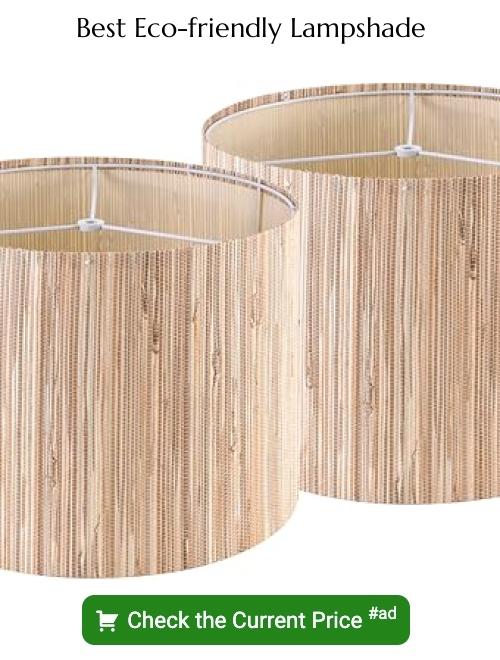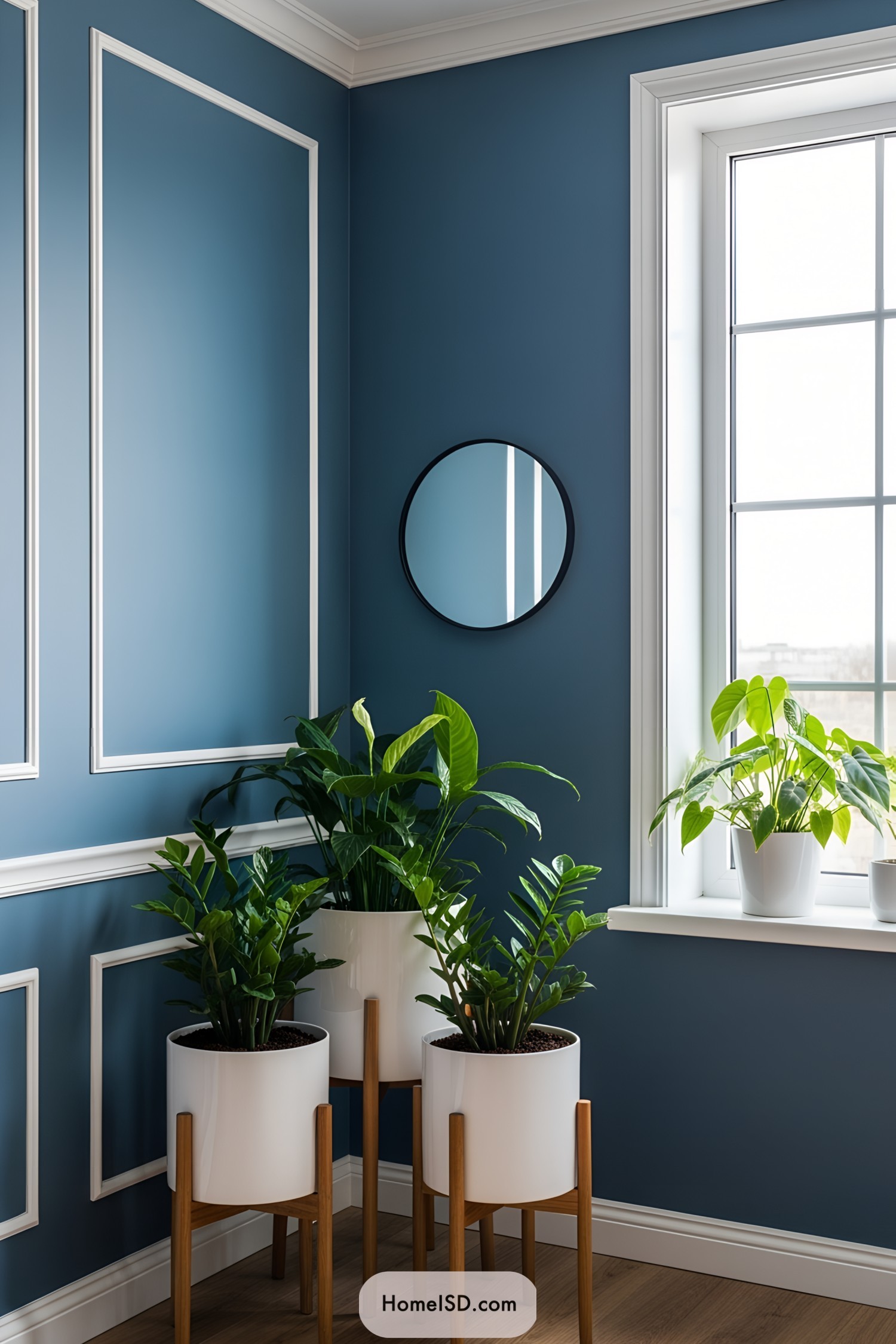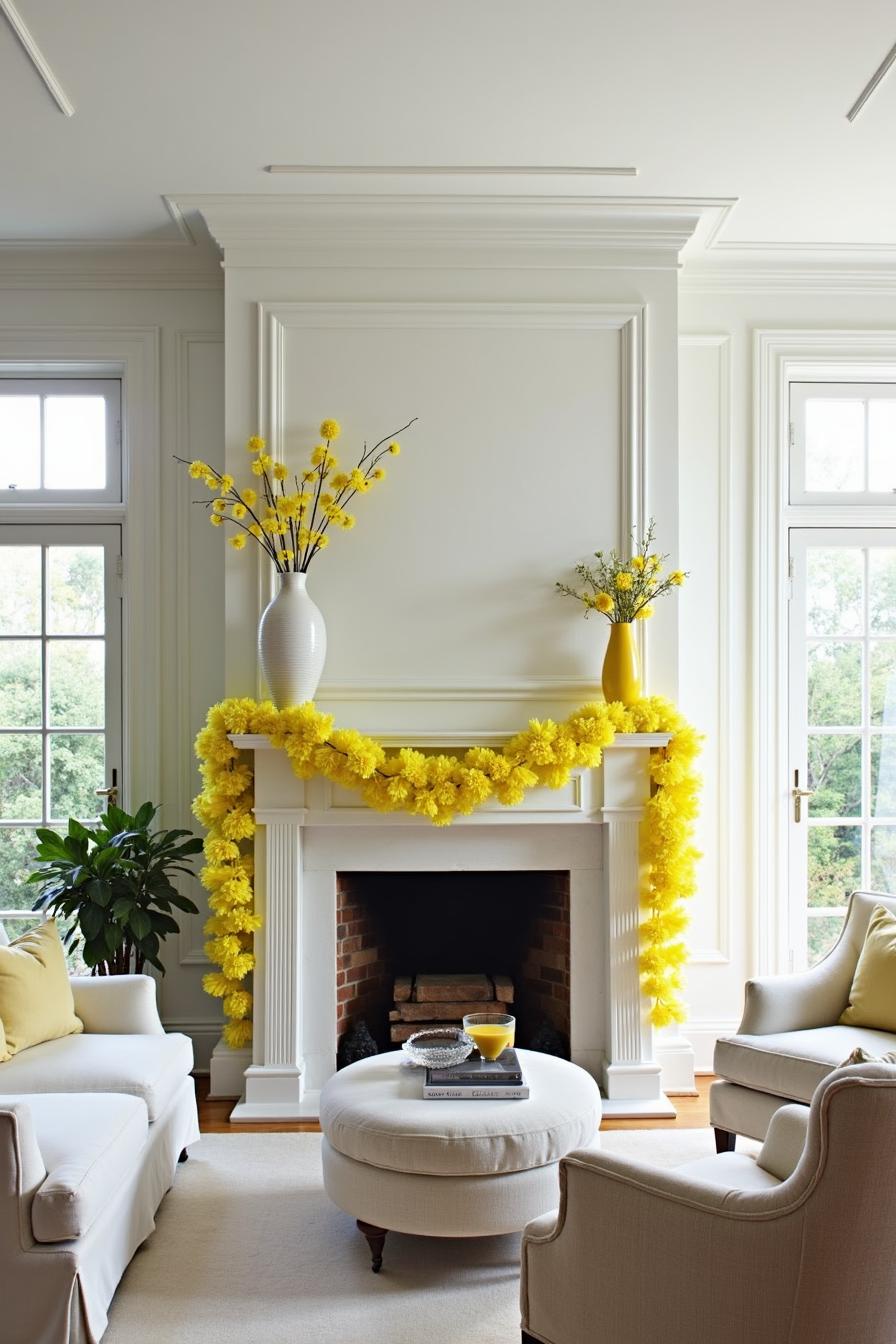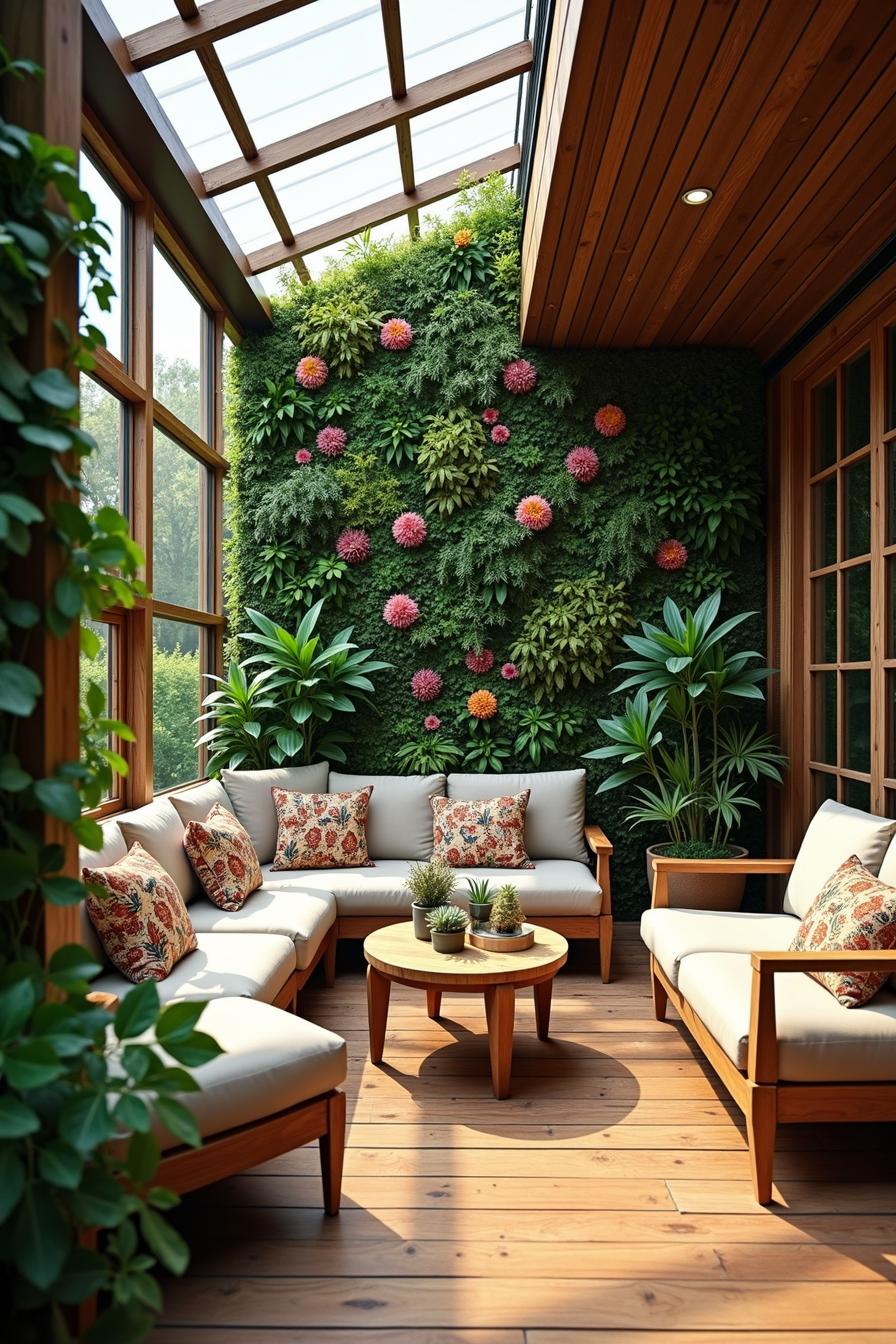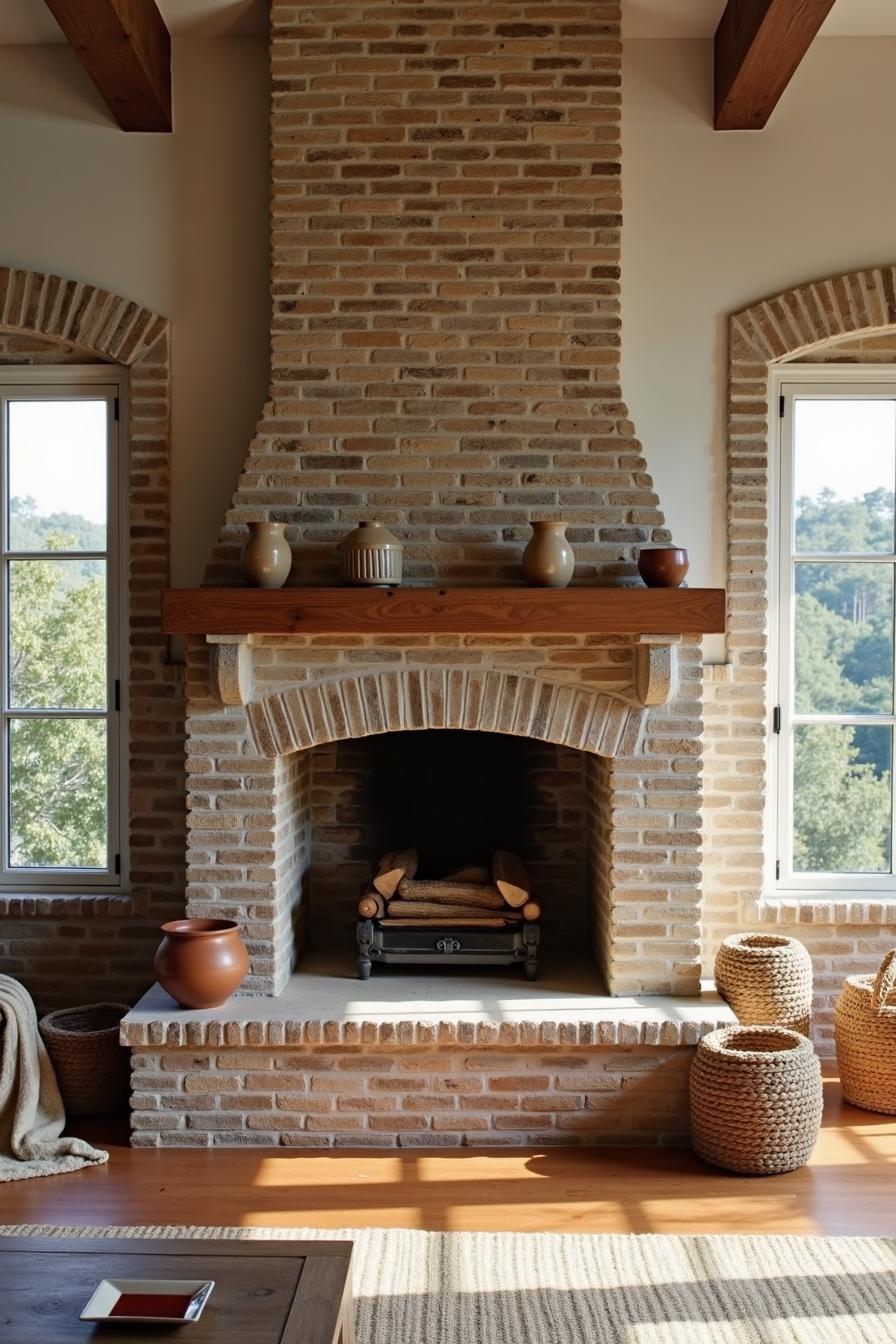Last updated on
Discover the world of eco-friendly and stylish alternatives to styrene for lampshades in this comprehensive guide, perfect for illuminating your home with a sustainable touch.
Lampshades are a great way to add ambiance and style to any room. But have you ever considered what your lampshade is made of? Styrene, a common material used in lampshades, can emit harmful chemicals when heated or burned.
Not to mention, it’s not the most budget-friendly option out there. Fear not! There are plenty of alternatives to styrene that will give your lampshade the same beautiful look without breaking the bank or compromising your health.
In this article, we’ll explore some creative options for eco-friendly and affordable lampshade materials that will elevate your home decor game.
Overview of Styrene in Lampshades
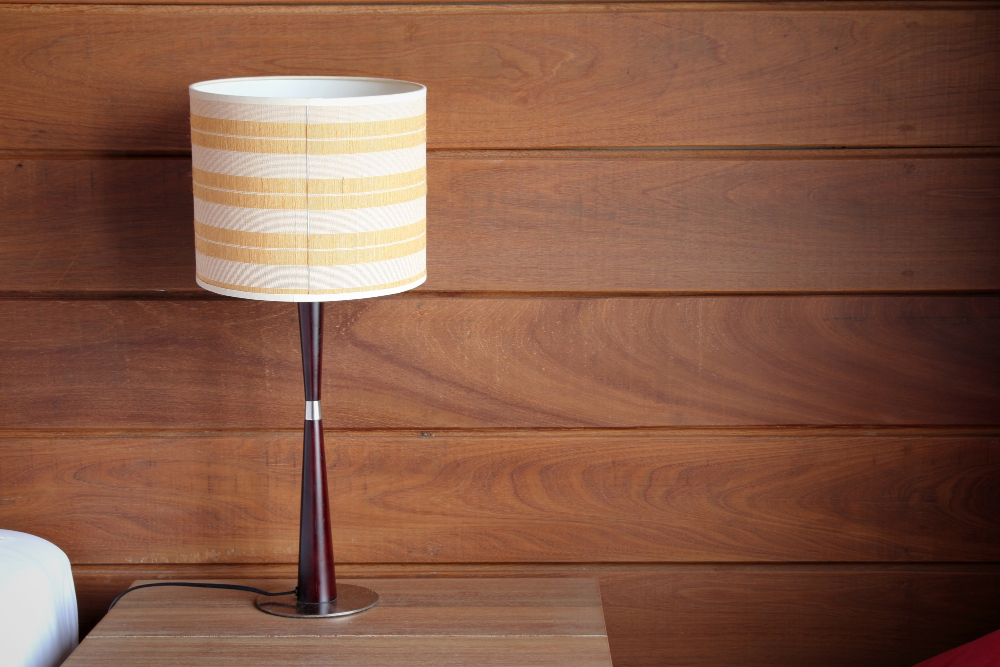
Styrene is a synthetic material commonly used in the production of lampshades. It’s lightweight, durable, and easy to mold into various shapes and sizes.
However, it has been found to emit harmful chemicals when heated or burned. These chemicals can cause respiratory problems and other health issues over time.
In addition to the potential health risks associated with styrene use in lampshades, there are also environmental concerns surrounding its production and disposal. Styrene is derived from petroleum-based products that contribute significantly to greenhouse gas emissions during manufacturing.
Fortunately, there are plenty of alternatives available for those looking for more sustainable options without sacrificing style or functionality.
Environmental Concerns With Styrene
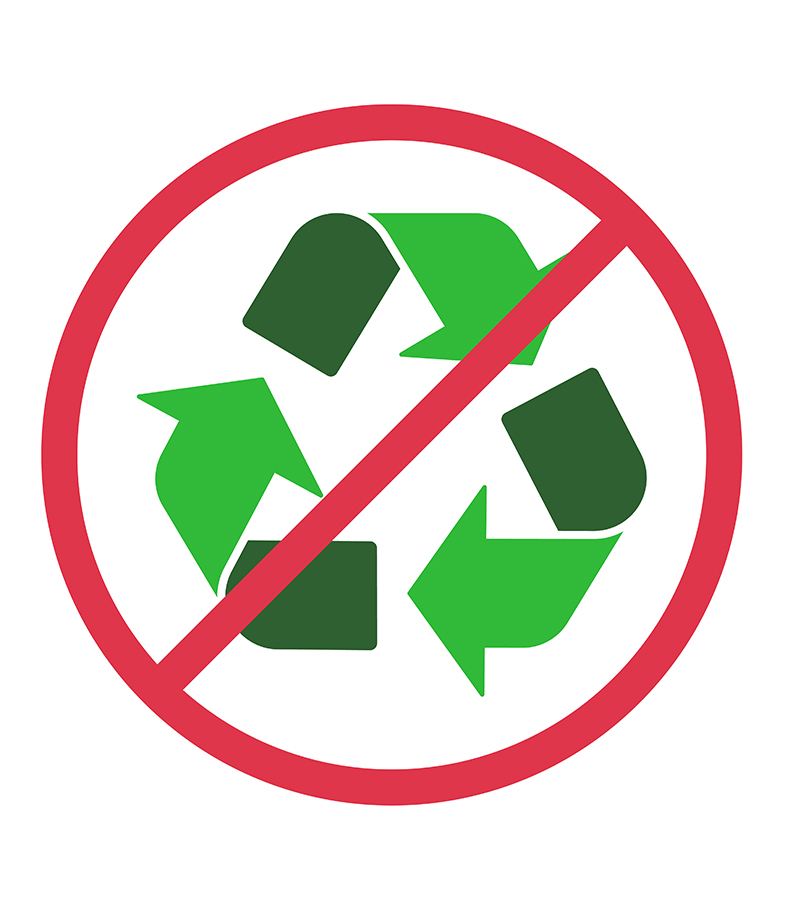
It’s not an eco-friendly option due to its environmental impact. Styrene production releases harmful chemicals into the air and water, contributing to pollution and climate change.
Styrene is not biodegradable or easily recyclable.
When heated or burned, styrene can emit toxic fumes that are hazardous to human health as well as the environment. This makes it important for us all to consider alternatives when choosing materials for our home decor.
Fortunately, there are many non-styrene options available on the market today that offer both style and sustainability without compromising on quality or affordability.
Safety Concerns With Styrene
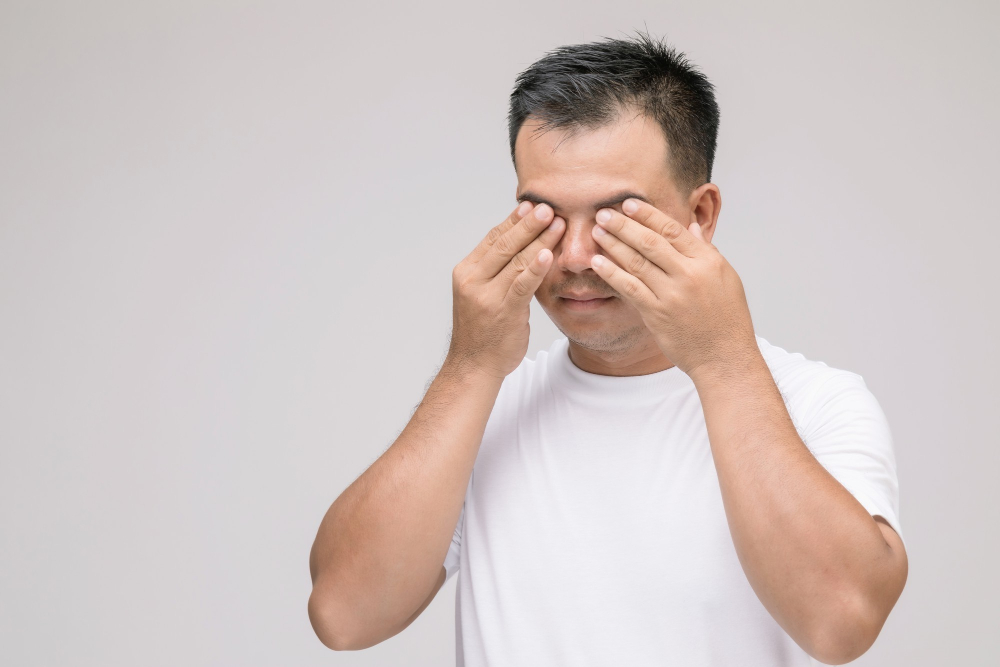
It’s important to note that styrene can pose some safety concerns. When heated or burned, styrene can emit harmful chemicals such as carbon monoxide and formaldehyde into the air.
This can be especially concerning for those with respiratory issues or allergies.
Prolonged exposure to styrene fumes may cause irritation of the eyes, nose, throat and skin. It has also been linked to potential health risks such as cancer.
Types of Non-Styrene Materials
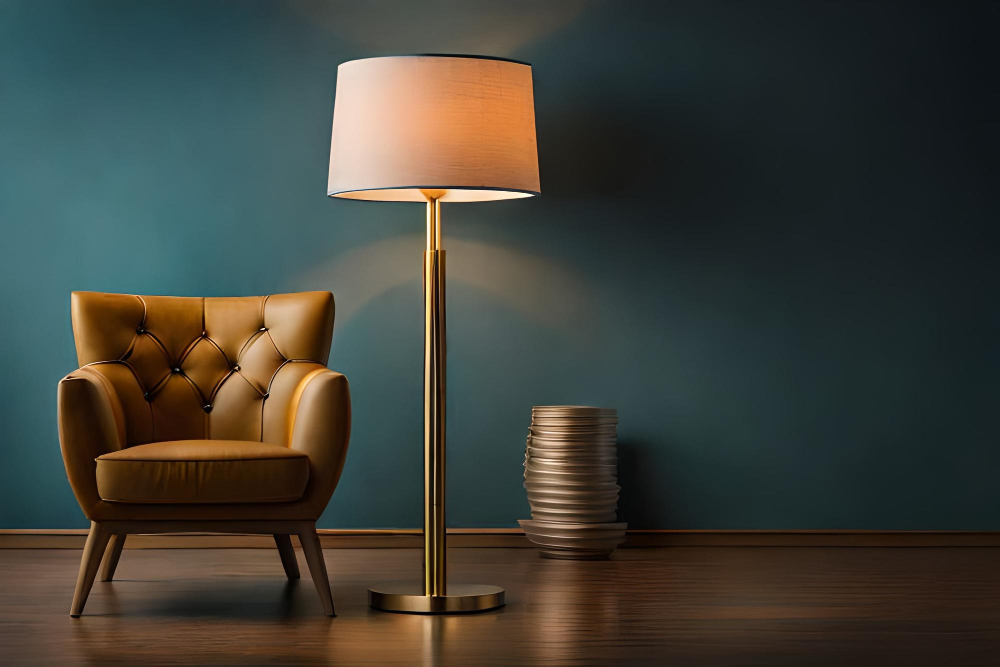
From natural fibers like cotton and linen to sustainable materials such as bamboo and recycled paper, there’s a material out there that will suit your style preferences while also being eco-friendly.
One popular option is fabric lampshades. These come in a variety of textures, patterns, and colors that can complement any decor style.
Paper-based alternatives are another great choice; they’re lightweight yet durable enough to withstand everyday use.
Glass lampshades offer an elegant touch with their translucent appearance while metal shades provide an industrial vibe perfect for modern spaces. Wood or bamboo shades add warmth and texture to any room while ceramic or porcelain options bring sophistication with intricate designs.
For those looking for more environmentally conscious choices, recycled material lamps made from plastic bottles or other waste products can be transformed into unique pieces of art that make a statement in any space.
Natural Fibers for Lampshades
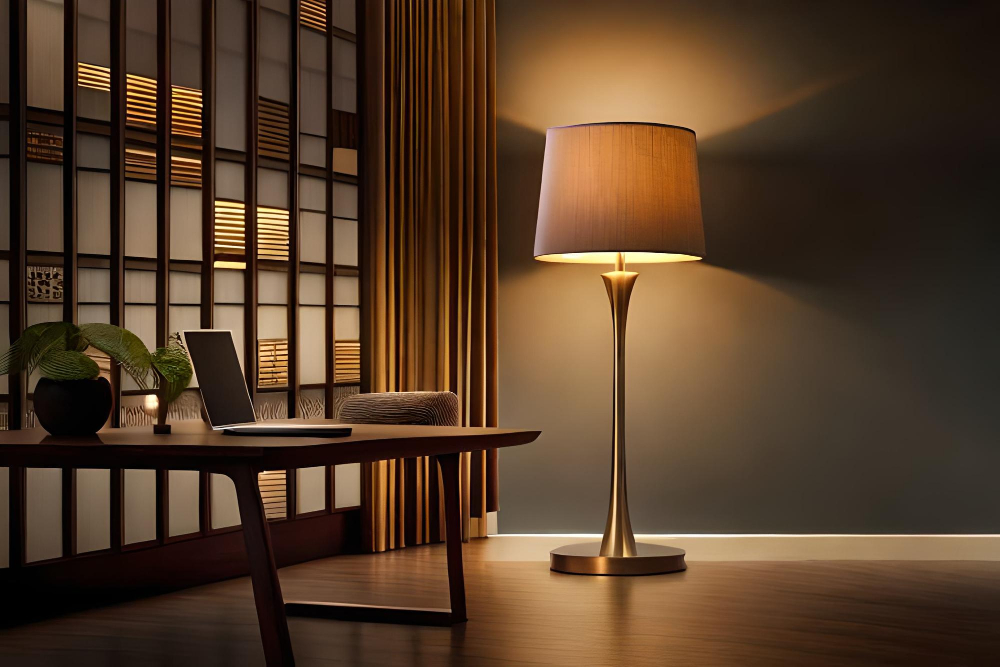
Materials such as cotton, linen, and hemp can create a soft and warm glow in any room. These materials are also eco-friendly since they come from renewable resources that don’t harm the environment.
Cotton is one of the most popular natural fiber options for lampshades due to its versatility and affordability. It’s easy to dye or print on cotton fabric, making it perfect for adding patterns or designs onto your lampshade.
Linen is another excellent choice if you’re looking for something more textured than cotton. Linen has a unique look that adds depth and character to any space while still providing ample light diffusion.
Hemp is becoming increasingly popular as an eco-friendly alternative material because it requires less water than other crops like cotton during cultivation. Hemp fabrics have similar properties as linen but with added durability which makes them ideal choices if you want your lamps shades last longer without losing their shape or color over time.
Sustainable Materials in Lighting
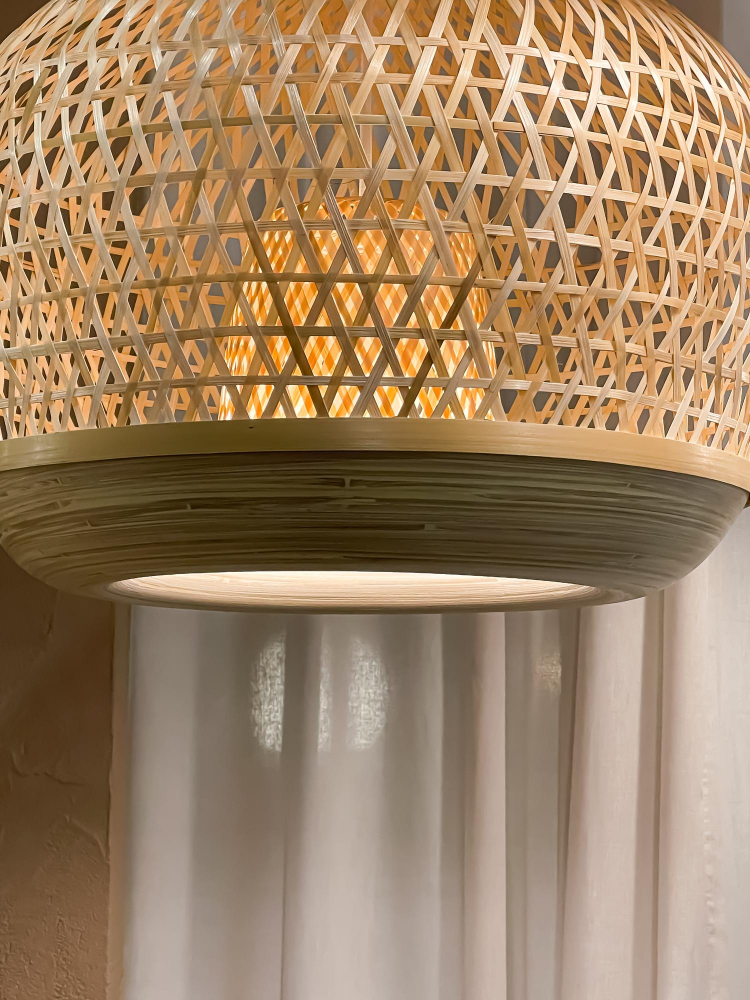
These materials not only look great but also have a lower environmental impact than traditional options like styrene. One popular choice is bamboo, which is fast-growing and renewable.
Bamboo lampshades come in various styles and colors, making them a versatile option for any decor style.
Another eco-friendly material to consider is recycled glass or upcycled wine bottles. Glass shades give off an elegant glow while adding texture and depth to your space’s ambiance.
If you’re looking for something more unique, try using reclaimed wood or even cork as the base material of your lampshade design! Both are durable yet lightweight options that will add warmth and character to any room.
Fabric Lampshade Alternatives

Traditional fabric shades can be expensive and may not always fit into your budget. Luckily, there are plenty of alternatives to consider that will give you the same cozy feel without breaking the bank.
One option is using burlap or linen fabrics for a rustic look. These materials have natural textures that add warmth and depth to any room they’re in.
Another alternative is using cotton or canvas fabrics which come in various colors and patterns, making them versatile enough to match any style.
For those who want something more unique, try experimenting with unconventional materials like lace or crochet doilies as an overlay on top of another material such as paper or wire mesh frames.
Paper-based Lampshade Options
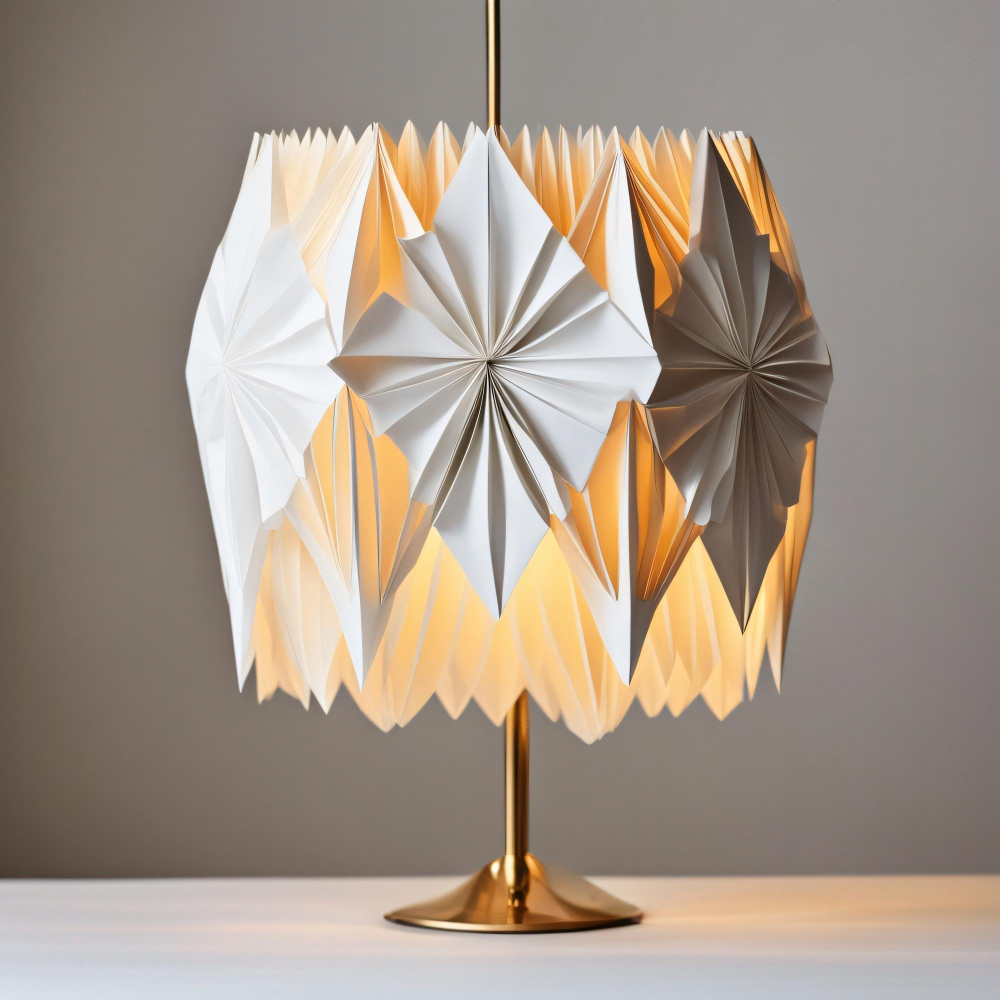
They come in various shapes, sizes, and colors that can complement any interior design style. One of the most popular paper-based materials for lampshades is rice paper or washi paper.
This type of material is made from natural fibers such as mulberry bark or bamboo pulp, making it an eco-friendly option.
Rice paper lampshades have a soft glow that creates an inviting atmosphere in any room. They also diffuse light beautifully while providing enough illumination for reading or working on tasks that require good lighting.
Another type of paper-based material used for lampshades is parchment or vellum papers which are more durable than rice papers but still provide the same warm ambiance when lit up.
If you’re looking for something more colorful and playful, consider using origami papers to create your own DIY non-styrene lamps shades! These lightweight sheets come in hundreds of patterns and designs allowing you to customize your shade according to your taste!
Glass Lampshade Styles
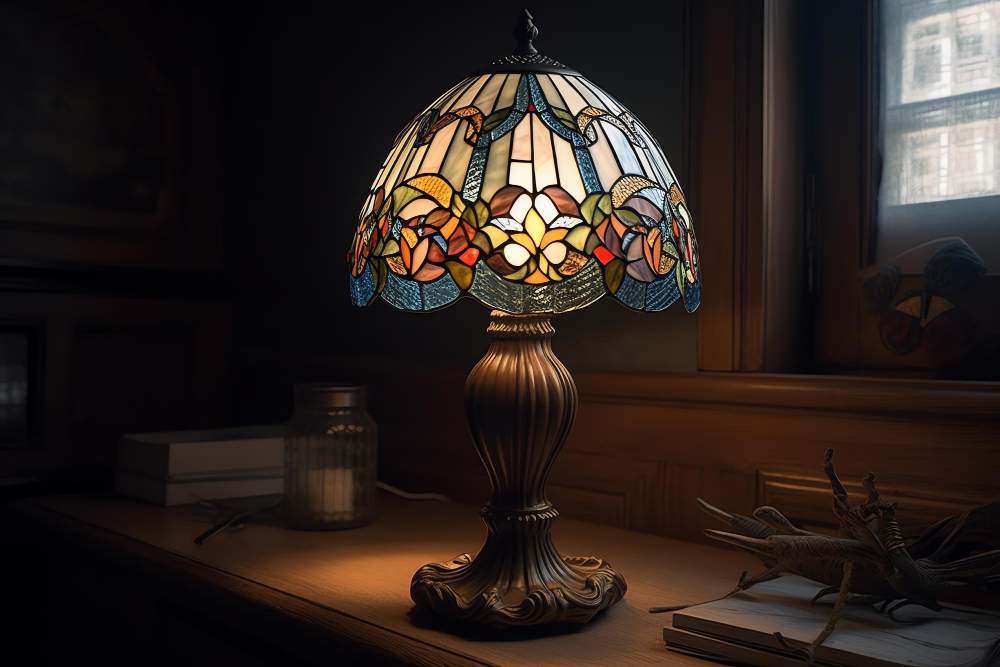
They come in various shapes, sizes, and colors to fit your personal taste. Glass is also an eco-friendly material that can be recycled endlessly without losing its quality or purity.
One popular glass lampshade style is the Tiffany-style stained glass shade. These shades feature intricate designs made from small pieces of colored glass held together by copper foil or lead strips.
The result is a stunning work of art that casts beautiful patterns when illuminated.
Another stylish option for glass lampshades is the frosted or etched finish. This technique involves sandblasting the surface of clear glass to create a soft, diffused light effect while adding texture and depth to the design.
For those who prefer minimalist styles, simple clear-glass shades with clean lines offer an understated elegance that complements modern interiors perfectly.
Metal Lampshade Designs

They come in various shapes, sizes, and finishes that can complement any interior design style. Metal is also a durable material that can withstand wear and tear over time.
One popular metal option for lampshades is copper. Copper has a warm tone that adds elegance and sophistication to any room it’s placed in.
It’s also malleable, which means it can be shaped into intricate designs with ease.
Another metal option for lampshades is brass. Brass has been used in lighting fixtures for centuries due to its durability and timeless appeal.
It comes in different shades of gold or silver depending on the finish applied.
Stainless steel is another popular choice when it comes to metal lampshade designs because of its sleek look and resistance against corrosion or rusting over time.
Wood and Bamboo Lampshades
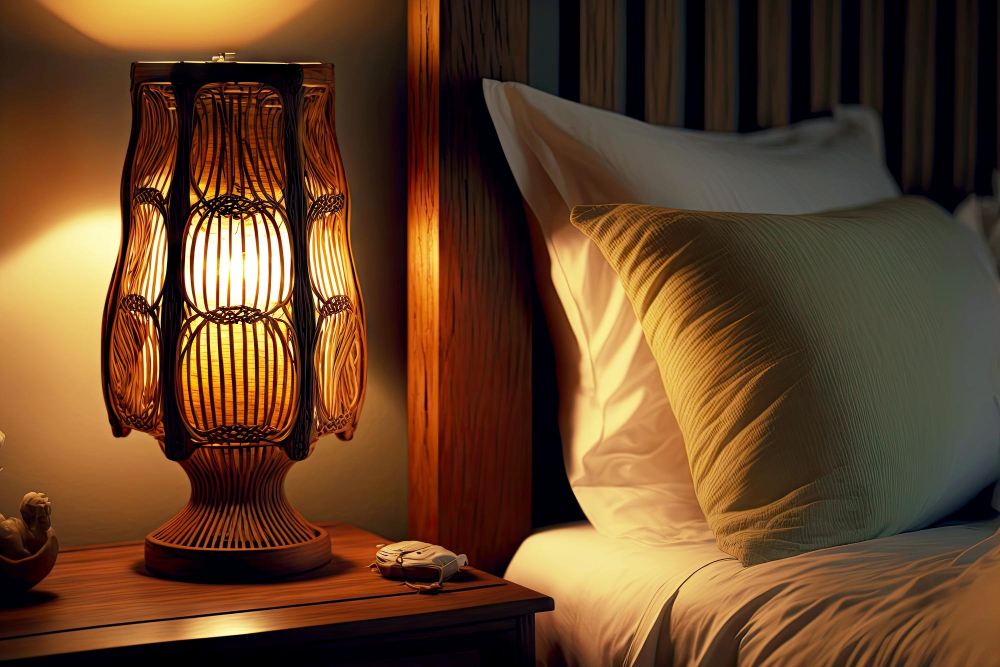
Bamboo is an eco-friendly option that grows quickly, making it a sustainable choice. It’s also lightweight yet durable, perfect for creating intricate designs or simple shapes.
Wood lampshades come in various types of wood such as oak or maple and can be stained or painted to match your decor style.
One popular type of wooden lampshade is the slatted design which allows light to filter through the gaps between each piece of wood creating beautiful patterns on walls and ceilings. Another option is laser-cut wooden shades that feature intricate designs like leaves or flowers.
Bamboo shades offer a more organic look with their woven texture adding depth to any space they’re placed in while still allowing light through its fibers giving off an ambient glow.
Both bamboo and wood are versatile materials that can complement different styles from rustic farmhouse chic to modern minimalist aesthetics effortlessly.
Ceramic and Porcelain Choices

These materials offer a classic look that can complement any decor style, from modern to traditional. Ceramic is made by firing clay at high temperatures, while porcelain is made of fine-grained white clay fired at even higher temperatures than ceramic.
One of the benefits of using ceramic or porcelain for lampshades is their durability. They are resistant to scratches, chips, and cracks which makes them ideal for high-traffic areas in your home such as living rooms or entryways.
Another advantage of these materials is their ability to diffuse light softly through the shade’s surface creating an inviting ambiance in any room they’re used in.
When it comes time for cleaning these types of shades you’ll be happy with how easy it can be! Simply wipe down with a damp cloth when needed – no special cleaners required!
Recycled Material Lampshades
It’s also an excellent option for creating unique and eco-friendly lampshades. Recycled material lampshades come in various shapes, sizes, colors, and textures that can add character to any room.
One popular recycled material used in lampshade production is cardboard. Cardboard boxes are readily available from shipping companies or local stores at little or no cost.
They can be cut into different shapes and sizes then layered together using glue or tape until the desired thickness is achieved.
Another recycled material commonly used for making lampshades is plastic bottles. Plastic bottles are lightweight yet durable enough to withstand heat from light bulbs without melting or warping over time.
Other creative options include repurposing old books, magazines, newspapers as well as scrap metal pieces such as wire mesh screens that create beautiful patterns when illuminated by light sources inside the shade.
Eco-Friendly Lampshade Materials
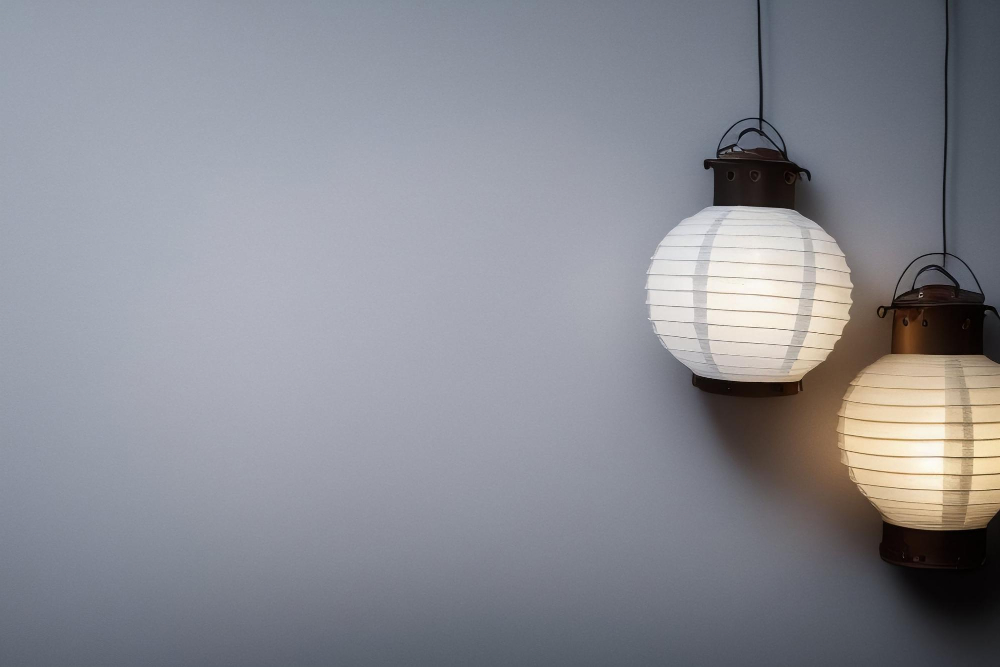
These materials are often made from natural, renewable resources that have minimal impact on the environment. Some popular eco-friendly options include bamboo, hemp, organic cotton, and recycled paper.
Bamboo is an excellent choice for those looking for a sustainable material that’s also stylish. It’s fast-growing and requires little water or pesticides to grow.
Bamboo lampshades come in various styles ranging from modern geometric designs to traditional woven patterns.
Hemp is another eco-friendly option that has been gaining popularity in recent years due to its durability and versatility as a textile material. Hemp lampshades can be found in many different colors and textures making them perfect for any interior design scheme.
Organic cotton is grown without harmful chemicals or pesticides which makes it an ideal choice if you’re concerned about the environmental impact of your purchases. Organic cotton lampshades come in many different shapes, sizes, colors making them easy additions into any room decor theme.
Recycled paper-based products like cardboard or newspaper pulp offer unique texture options while being environmentally friendly at the same time! They can be molded into various shapes with ease allowing you full creative control over their final look!
3D Printed Lampshade Solutions
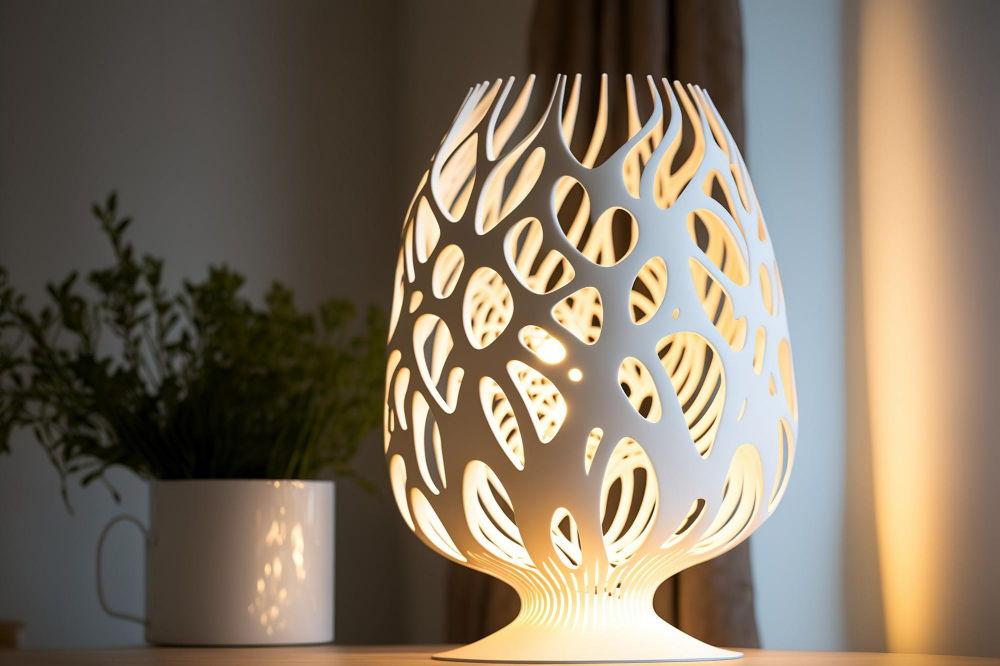
With 3D printers becoming more accessible and affordable, it’s now possible to print your own unique lampshade designs from the comfort of your home. The beauty of 3D printed lampshades is that they can be customized to fit any size or shape you desire.
Plus, you have complete control over the material used in production.
One popular option for 3D printed lampshades is using recycled materials such as plastic bottles or old CDs. These materials are not only eco-friendly but also add a unique touch to your decor with their translucent properties.
Another benefit of 3D printing is that it allows for intricate designs that would be difficult or impossible to achieve with traditional manufacturing methods. You can experiment with different patterns and shapes until you find one that perfectly complements your space.
Customizable Lampshade Designs
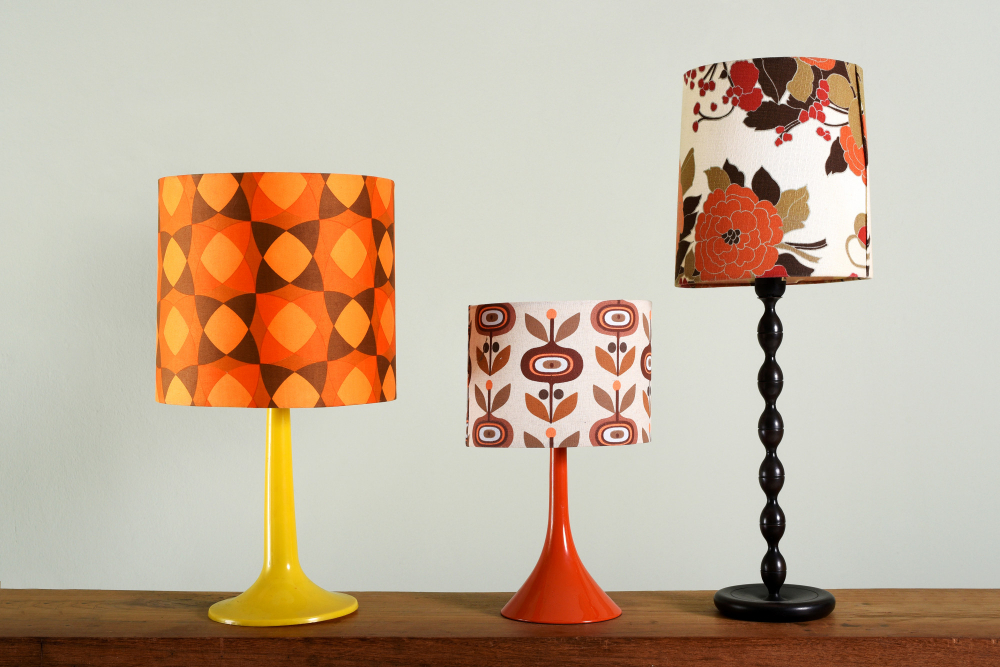
With so many options available, you can create something truly unique that reflects your style and personality. Many companies offer customizable lampshades made from non-styrene materials such as fabric, paper, or even recycled materials.
One popular option is to have a custom print or pattern added to the shade. This could be anything from an abstract design to a favorite photo or artwork.
Some companies also offer the ability for customers to upload their own images and have them printed onto the shade.
Another way of customizing your lampshade is by choosing its shape and size according to specific needs of space where it will be placed in order for it fit perfectly with other elements in that room’s decor scheme.
DIY Non-Styrene Lampshades
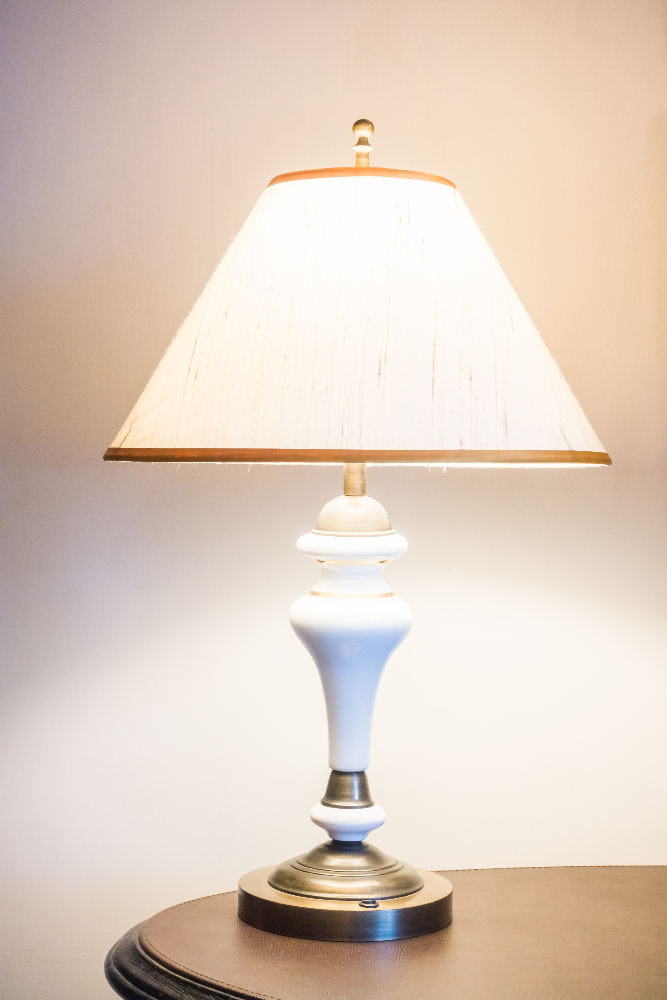
There are plenty of tutorials online that can guide you through the process step-by-step. You can use materials like fabric, paper, or even recycled items to create a unique and eco-friendly lampshade.
One popular DIY method involves using embroidery hoops as the frame for your lampshade. Simply stretch fabric over the hoops and secure it in place with glue or stitching.
This technique allows for endless customization options since you can choose any type of fabric pattern or color scheme.
Another fun idea is creating a paper lantern-style shade by folding sheets of decorative paper into accordion shapes and gluing them together in a circular form around an existing wire frame.
Upcycling Existing Lampshades

Instead of throwing away your outdated or damaged lampshade, consider giving it a makeover with some creative DIY techniques. You can use fabric, paint, or even decoupage to transform the look of your shade and make it fit seamlessly into your updated decor scheme.
One popular upcycling method involves covering the existing shade with fabric. This technique allows you to choose any pattern or color that suits your style while also adding texture and dimensionality.
Simply measure out enough fabric for the size of your shade, cut it down accordingly, then attach using glue or double-sided tape.
Another option is painting over an old lampshade with acrylic paint in bold colors for a modern touch that will brighten up any room in seconds! If you’re feeling adventurous try stenciling on patterns like stripes or polka dots using painter’s tape as guides before applying coats of color.
Comparing Cost and Durability

While styrene may be a popular choice due to its affordability, there are plenty of non-styrene options that won’t break the bank either. In fact, many eco-friendly materials such as bamboo or recycled paper can be just as affordable if not more so than their synthetic counterparts.
Durability is also an essential factor when selecting a lampshade material. You want something that will last and withstand daily wear and tear without losing its shape or color over time.
Some natural fibers like cotton or linen may not hold up as well in high-traffic areas compared to sturdier materials like metal or glass.
Ultimately, it’s all about finding the right balance between cost-effectiveness and longevity based on your specific needs and preferences.
Purchasing Non-Styrene Lampshades
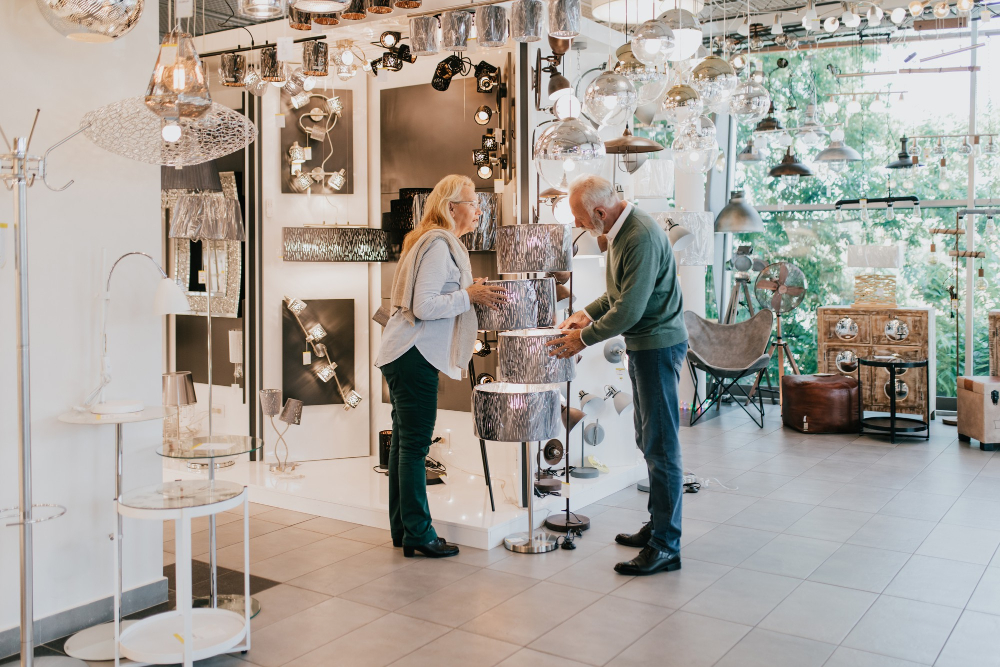
First and foremost, make sure the material is safe for your home and family. Look for materials that are free from harmful chemicals or emissions.
Consider the durability of the material – you want something that will last over time.
There are many retailers who offer eco-friendly lampshade options made from natural fibers such as bamboo or cotton. You can also find unique designs made from recycled materials like glass bottles or paper products.
If you’re looking for something truly one-of-a-kind, consider purchasing a custom-made lampshade crafted by an artisan using sustainable materials like wood or ceramic.
Don’t forget about upcycling! With some creativity and DIY skills, you can transform an existing lampshade into a beautiful new piece using non-styrene alternatives such as fabric covers or woven rattan overlays.
By choosing non-styrene alternatives when shopping for your next lampshade purchase (or even creating one yourself), not only will you be making an environmentally conscious choice but also adding style and personality to your home decor while keeping safety in mind.
FAQ
Do you have to use styrene for lampshade?
No, you don’t have to use styrene for a lampshade, but it is the material commonly used in professionally-made lampshades to help them maintain shape and longevity.
What materials are safe to use as a lampshade?
Safe materials to use as a lampshade include cotton, linen, cotton drill, and polyester cotton, as these materials are easy to work with and allow for optimal light passage due to their light to medium weight.
How do you stiffen fabric for a lampshade?
To stiffen fabric for a lampshade, iron the fabric and then use starch to provide extra structure.
What eco-friendly alternatives can be used for making lampshades?
Eco-friendly alternatives for making lampshades include materials like recycled paper, repurposed wood, and biodegradable fabrics.
Can paper or cardboard materials be safely utilized in creating lampshades?
Yes, paper and cardboard materials can be safely utilized in creating lampshades.
What are the most durable and heat-resistant textiles suitable for making lampshades?
The most durable and heat-resistant textiles suitable for making lampshades are fiberglass, silicone-coated fiberglass, and Teflon-coated fiberglass.
Recap
